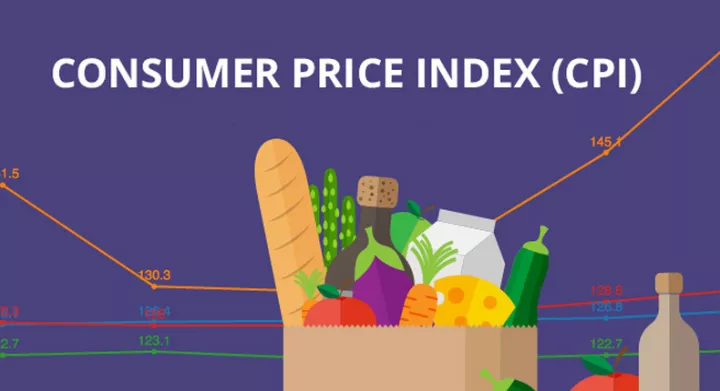
Inflationary pressures, particularly in Africa are frequently exacerbated by high consumer prices, which reduce the value of savings and fixed incomes. High consumer prices disproportionately affect low-income earners and retirees who rely on fixed pensions, leading to a decline in real income and exacerbating income inequality within society. This presents a problem amongst African countries given the region's status as a developing economy.
According to the International Monetary Fund, "Consumer price indexes (CPIs) are index numbers that measure changes in the prices of goods and services purchased or otherwise acquired by households, which households use directly, or indirectly, to satisfy their own needs and wants."
As a result, the most immediate and tangible effect of high consumer prices is the strain it puts on individuals and households.
As the cost of products and services grows, customers' purchasing power decreases, resulting in lower standards of life.
Essentials like food, shelter, and healthcare become increasingly pricey, forcing families to make tough decisions and potentially driving vulnerable people further into poverty.
The recent World Economic Output report released in April by the International Monetary Fund titled "Steady but slow: Resilience amid divergence," disclosed the projected consumer prices of countries across the globe in 2024.
Below are 10 African countries with the highest consumer prices projection for 2024.
| 1. | Zimbabwe | 561.0 |
| 2. | Sudan | 145.5 |
| 3. | South Sudan | 54.8 |
| 4. | Sierra Leone | 39.1 |
| 5. | Egypt | 32.5 |
| 6. | Malawi | 27.9 |
| 7. | Nigeria | 26.3 |
| 8. | Ethiopia | 25.6 |
| 9. | Ghana | 22.3 |
| 10. | Angola | 22.0 |


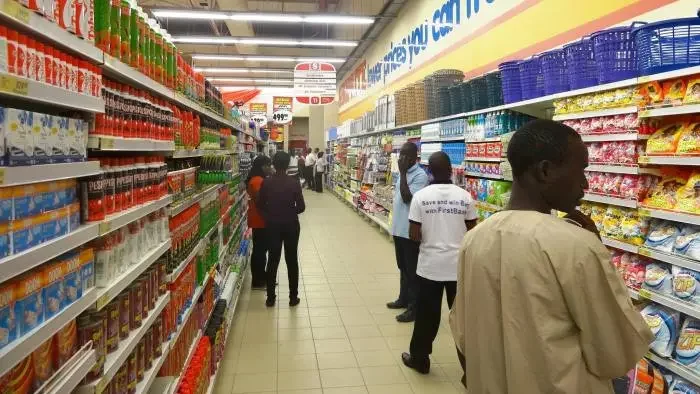

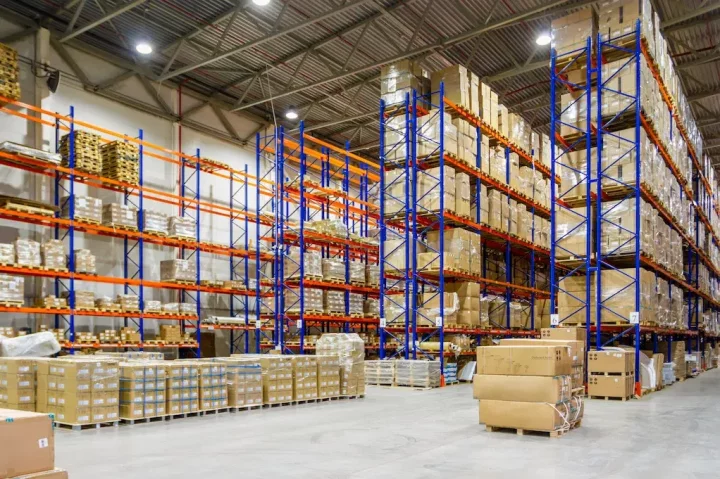
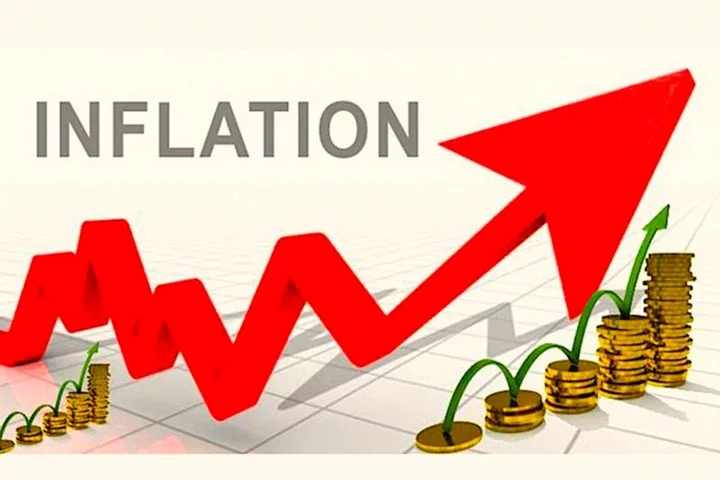
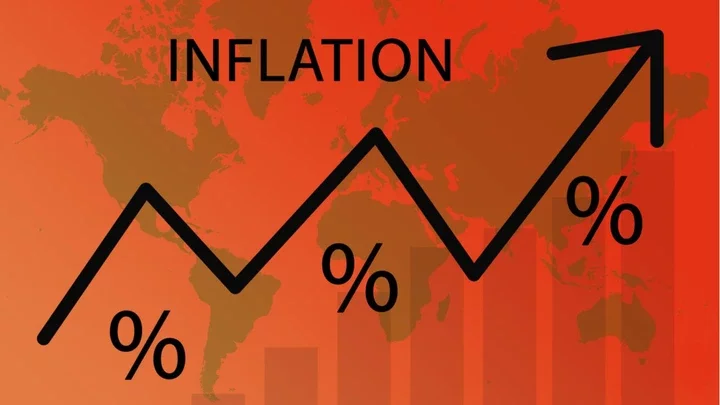











Comments